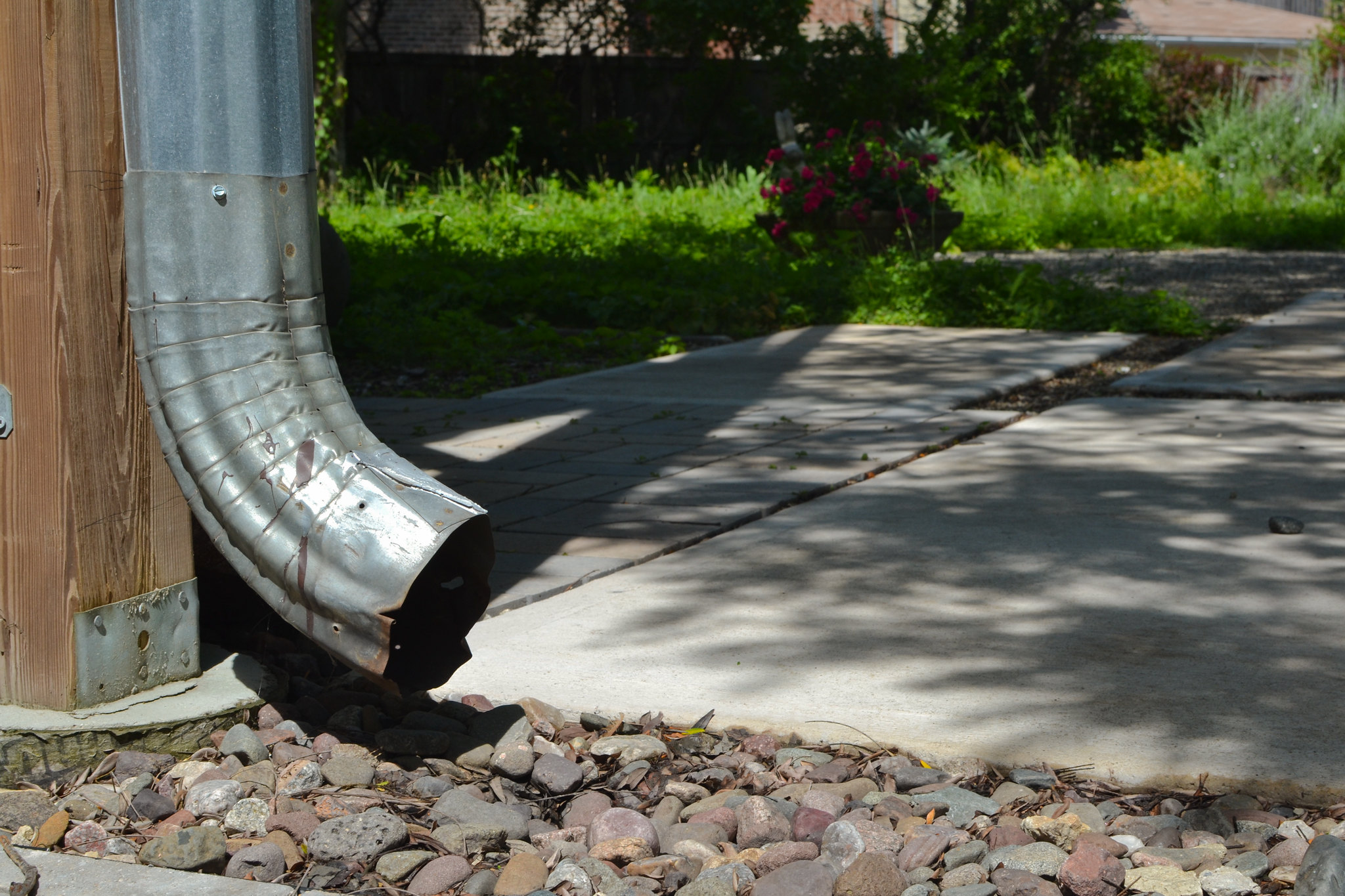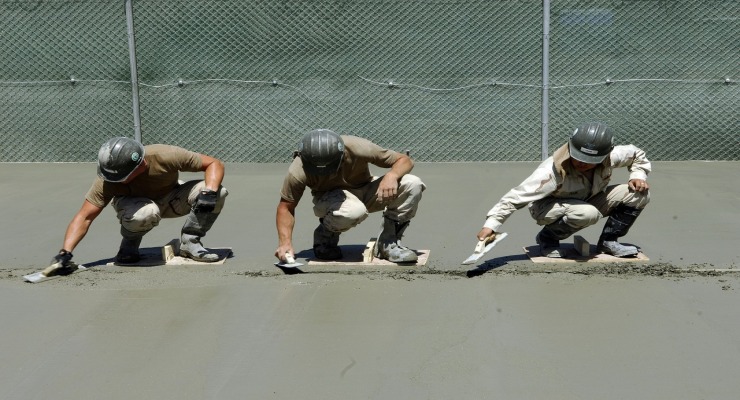What is a gully trap and how to install it?
Protecting a building from water accumulation during heavy rainfalls is a very important matter. It is one of the most fundamental issues when it come to home construction. It should be addressed at the stage of designing a house. Properly working sewage and gutter systems and their good connection is crucial. Gully trap is one of the most basic elements used in both those systems. Why is it used for and where should it be installed?

What is a gully trap?
If you are constructing a house, you should probably focus on using solutions that will increase the comfort of living. One of such solutions is a gully trap. An element of this type serves as a connection between gutter and sewage systems. Its main role is simply joining those two structures, hence it is installed between gutter drain and sewage pipes.
Gully traps available on the market are usually made of a high quality plasticsuch as polypropylene. It is a very durable material. Elements made of it are resistant to mechanical damage, deformation, as well as extreme temperatures. They do not corrode nor lose colour due to UV lighting exposure.
Where is a rainwater gully trap installed?
A gully trap is used to remove excess water and protect foundations of a building from getting wet. Modern rainwater gullies are designed so that they can eliminate water from the roof, as well as from the ground. It is a highly important matter, especially in places where heavy rainfalls are common, as they could damage the building.
Removing water is not the only role of a rainwater gully trap. It also protects the sewage system from contamination and various hazardous elements. During a rainfall, and particularly when the weather is windy, water carries waste such as leaves and branches.
Extremely strong winds can damage roof parts and carry other pieces, which also could get inside the sewer system. Most of available gully traps are equipped with small buckets that stop the garbage from flowing further. It’s a guarantee that the sewer system will not get damaged.
Keeping both gutter and sewer systems clean is very important. A gully trap can be used to get access to the piping, it can act as a cleanout. Thanks to it cleaning the system is far easier.
Types of gully traps
There are two solutions, most commonly chosen by homeowners. They are:
- p-trap gully - it removes water from the gutter and from the ground,
- gully trap with silt bucket or basket protecting the sewage system from waste.
How to install a gully trap?
Some homeowners might wonder how to connect underground drainage with pipes of various sizes. A gully trap has an outlet that can be fitted to any pipe, depending on the type of installation. The element won’t work properly if it’s not properly installed. Fortunately, the installation is easy and it can be performed by anyone.
- The first step involves preparing the spot where you will install the gully trap. Underground drainage requires digging a hole in the ground. The upper part of the gully trap should remain at the ground level.
- Stiffen the ground. To do it, you can use concrete.
- Connect the sewage pipe to the gully trap.
- Pour concrete over the trap.
- Connect the gutter drain to the rainwater gully. Before you do that, adjust the outlet size.
Keep in mind that the gully trap needs to be cleaned regularly. If you own a rainwater gully with a basket, clean it thoroughly before winter.
FAQ


